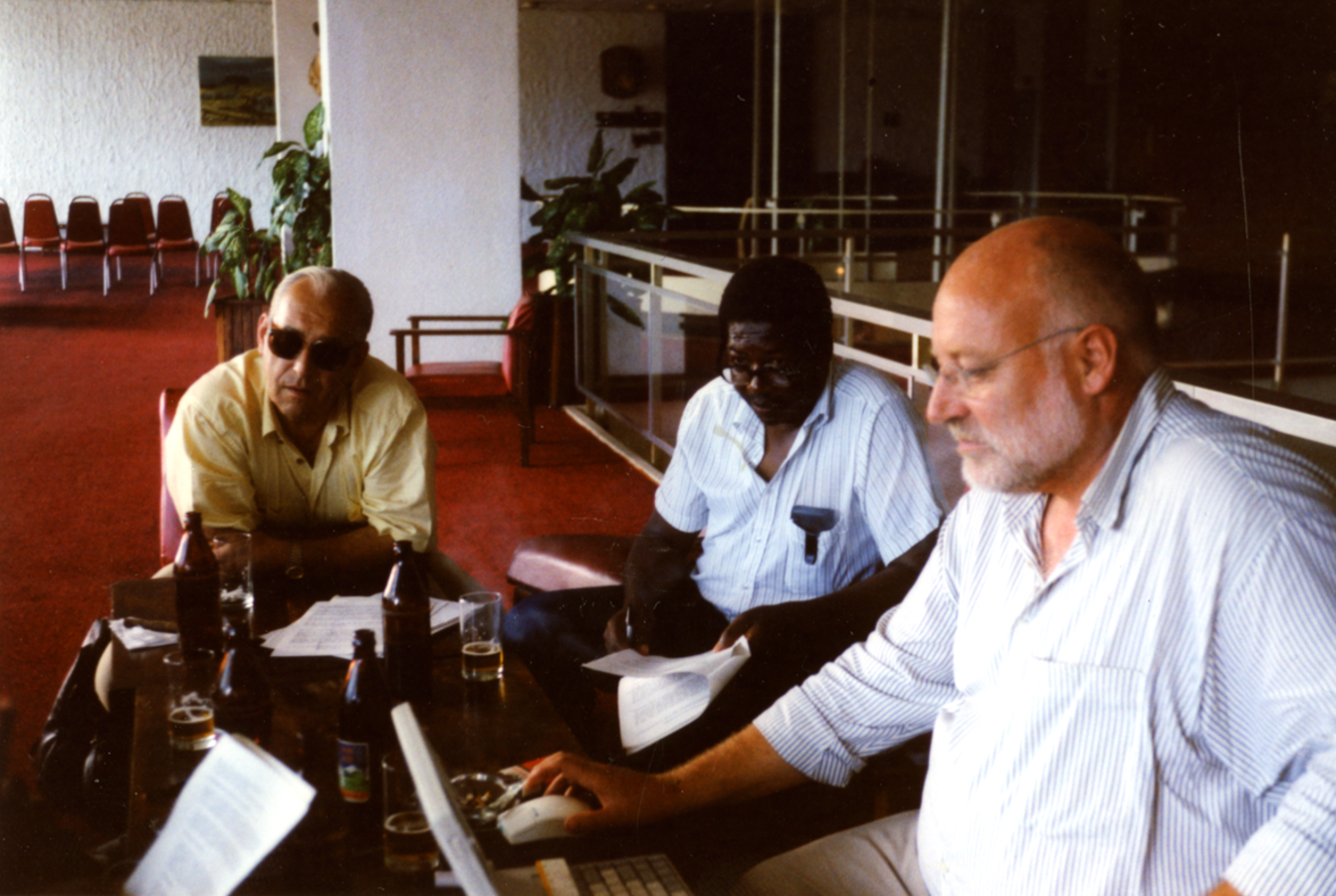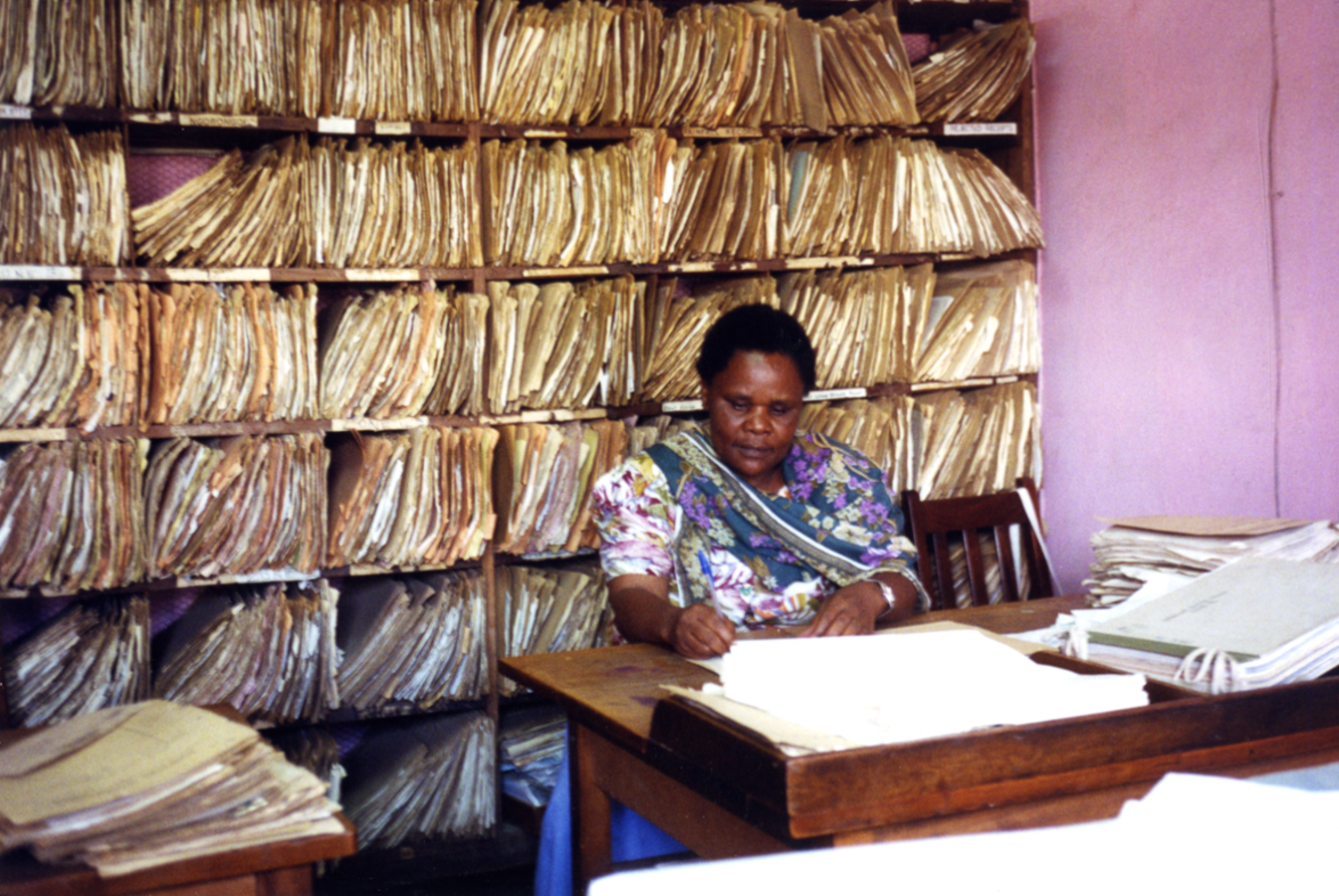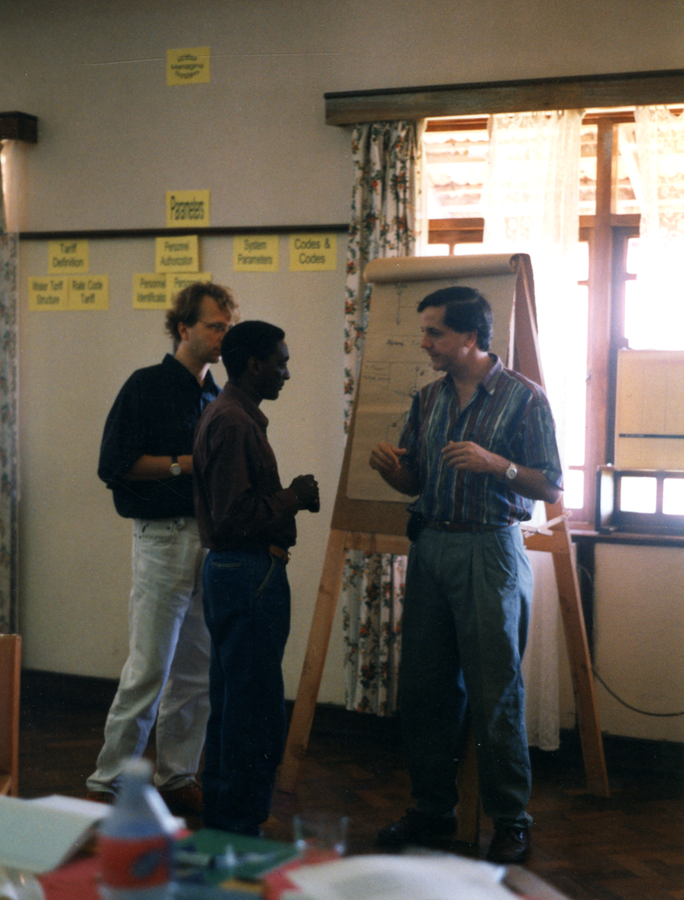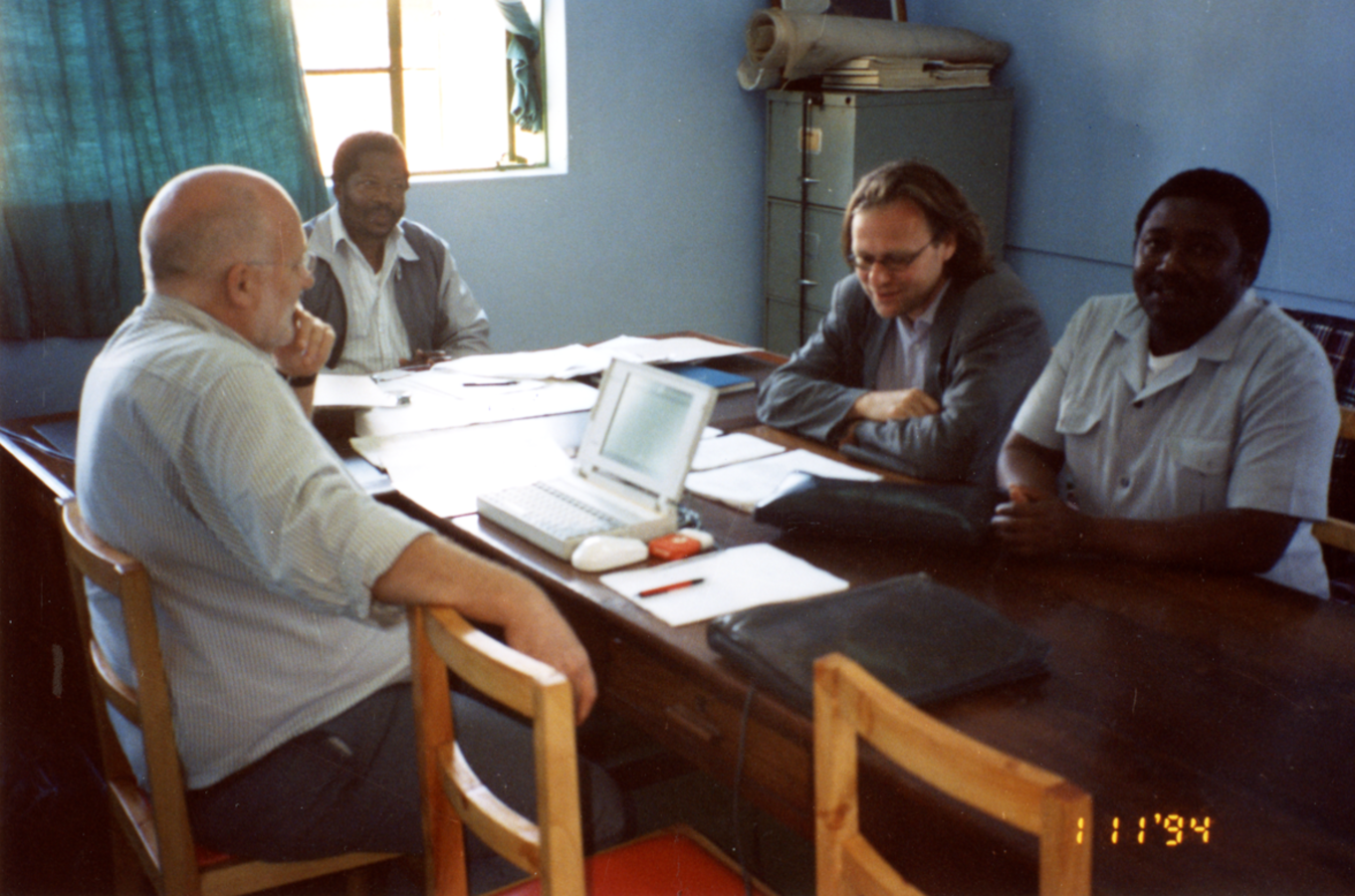21.1 Introduction
In developing this argument, I rely on the basic assumption that the key form of knowledge diffusion is
At the same time, in developing this argument, I critically follow an approach proposed by Mary Douglas and Aaron Wildavsky in their book Risk and Culture. An Essay on the Selection of Technical and Environmental Dangers. Their work is on risk and pursues the question of how people agree to ignore most of the potential dangers that surround them and interact in a way as to concentrate only on selected aspects Douglas and Wildavsky 1982, 9. The basic assumption of their analysis is that no amount of additional, scientifically based knowledge can provide an unchallenged ranking of dangers or an undisputed definition of what an appropriate prevention would be. The situation is even more complicated if one considers the fact that normally it is different kinds of people who have to agree on specific risk prevention measures, and different people normally find different kinds of risks more or less acceptable. The clue is that knowledge—as denotative descriptions of what the world is like—is here inextricably interwoven with consent—as evaluative and moral statements about how to live. Risk therefore should be seen as a joint product of knowledge about the future and consent about the most desired prospects Douglas and Wildavsky 1982, 5. According to Douglas and Wildavsky, an appropriate understanding of risk selection therefore implies what they call cultural analysis. They intend to demonstrate that each set of shared values and supporting social institutions is biased toward highlighting certain risks and downplaying others—this being one of several forms of cultural bias Douglas and Wildavsky 1982, 14.
While I partly follow this approach, my argumentation deviates from the implied epistemological position in four important regards. It is helpful to enumerate these four points since they help to clarify my own approach.
Empirically speaking, I do not focus specifically on risk but more generally on what are considered environmental, medical, economic, social, and political problems and their solutions—solutions that in the end might turn out, or not, to be risky or straightforward harmful Edelman 1988.
I do not concentrate on negotiations within ‘one society’—as Douglas and Wildavsky would have it—but on negotiations that take place in between cultures, or, as I would rather call it, in heterogeneous trading zones—to re-import an old anthropological metaphor back from Science and Technology Studies Galison 1997, 781–844.
Within these intermediate fields I concentrate on how certain
I do not use culture (or society) as explanans of certain puzzling practices but rather as explanandum. Other than Douglas and Wildavsky—who present a fine piece of institutional sociology of knowledge—I follow a post-Mertonian microscopic, social constructivist approach to techno-scientific practices. In doing so, I examine the practices of defining and classifying problems and their solutions as a reality sui generis, that is, as a reality that cannot be conceived as a mere epiphenomenon completely determined by cultural or other patterns.
In more detail, this chapter focuses on an aspect of planned interventions that can be described as a particular form of experimentation performed in a particular form of
The individual and collective
21.2 The Case Study
The empirical focus of this chapter’s argument is an ethnographic case study (conducted between 1992 and 1998) of the organizational and technological improvement of the waterworks of three cities in Tanzania (Arusha, Moshi and Tanga).2 The project under scrutiny was financed by the German Development Bank (KfW) and one of the main areas the book covers is the relationship between the bank as a donor and manager of development aid and events as they unfold between various sites in Tanzania, Germany, and other countries as the water system is managed.
Development cooperation is about the transfer of resources from the rich countries of the North to the poor countries of the South according to political priorities. In order to be
The conditionalities and prescriptions coming along with transferred resources are also due to another, more fundamental reason. The transferred means are unavoidably linked to certain ways of doing things and have certain ends built into them that necessarily become transferred with the means. The implied rationalities as relations between means and ends are based on basic assumptions about society, the individual, the natural world and the norms and values to be achieved. Development interventions therefore always aim at a more or less fundamental transformation of the institutional set-up of the context that is targeted. A short explanation of this point helps to introduce the case study. The larger part of development aid money goes into
In my case study, improving the water supply of urban centers in Tanzania was first seen as a matter of pipes and pumps. In the 1970s the
Lengthy negotiations resulted in another new project, this time explicitly restricted to organizational improvement. In the course of this project it turned out that changes in the organization depended on the Civil Servants Act, the Water Utilization Act, the River Basin Management Act agreed upon with the neighboring countries, the regulation of competences between central and regional government and municipality, the Citizens’ Registration Act, and on many more juristic regulations of governance. Like the famous airplane that cannot fly with just a pilot in it, a water production and distribution system does not provide water with just a chief mechanic operating the main valve.
There are, in other words, two main reasons why transformations caused by development interventions are heavily influenced by those who offer aid for this purpose, namely accountability and the cultural bias inscribed in technologies. While this is unavoidable, it runs head-on against one of the most important official political goals, namely to facilitate self-determined development on the side of the recipients of aid. Since there is no plain solution to this aporia between, on the one hand, accountability and predictability and, on the other hand, self-determination, the participants in this game have to circumvent it by all means in order to keep their business going. They proclaim that the means they transfer through development projects—like for instance technical infrastructure—are independent of any goals, are universally given, and based on objective facts. The goals admittedly depend on value decisions. Yet, as is officially stated, democracy, good-governance, human rights, market economy, and welfare for a maximum of people are general human goals independent of cultural variations. The role of so-called cultural factors in development is relegated to other and minor issues as long as they do not challenge the key assumptions of those general goals. The politically sensitive topic of true
As a result of the circumvention strategy around the aporia between predictability and self-determination and against the (since the 1980s) official rhetoric of a culturally sensitive
With my research I try to show that the technical game normally assumed to be the lowest denominator for cooperation turns out to be at the same time the main cause of its failure. While the argument about the inbuilt failure is similarly made by others,5 I depart from the interpretation that in the end the failure is due to politics, power asymmetries, hegemony, or other reasons that could be avoided under fairer circumstances and other forms of domination. The technical game—this is my argument—is unavoidable for socio-epistemological reasons given in the nature of epistemologically heterogeneous zones and it inevitably has some iatrogenic effects. Accepting this might increase the level of reflexivity and shift the attention to questions of how to improve the technical game instead of denouncing and demonizing it while dreaming of an ideal world where social arrangements can be changed toward more equality and justice without any damage.
21.3 The Main Hypothesis
On a general and abstract level, the central concern of my argument is with the production of facts through
This argument implies that the question of which technologies are more or less appropriate for developing countries—a question at the heart of development aid debates for decades—cannot be separated from issues of knowledge and representation. The success of implementing a
Critics usually intervene here: it is the universalist presupposition of the one reality which is flawed. However, the first problem with this critique is that it cannot be valid unless it takes the same universalist position. Saying that the different realities designed by different cultural codes have the same status, unavoidably requires a meta-code in which this very observation can be formulated. This is the well-known and extensively belabored paradox that will forever wait for its solution. The second problem with this critique is that it underestimates its own basic assumption about the historical, social and cultural situatedness of all knowledge. The enunciation of a meta-code unavoidably has its own situatedness: where people of different convictions and interests want to or have to act in accordance, they cannot do so without enunciating the possibility of a meta-code. In the words of Douglas and Wildavsky referring to risk assessment:
Yet, act we must, not knowing what will happen to us along the path we choose to take. Douglas and Wildavsky 1982, 4
It is this “act we must” that is at the core of the
I suggest leaving aside the abstract debate about the possibility or impossibility of a meta-code founded in reality (assuming with Quine 1951 that all theories and the propositions derived from them are under-determined by
The general argument implied here is that good arguments do not necessarily travel better than poor arguments. This position follows a fundamental shift that is often attributed to David Bloor and his book Knowledge and Social Imagery Bloor 1976. He convincingly argues that not only the perseverance of ‘false beliefs’ but also the perseverance and spread of ‘true beliefs’ requires sociological explanation because the
To summarize the hypothesis: within the global organizational arena constructed around the ongoing concern of development there are numerous heterogeneous trading zones where the
21.4 The Meta-Code in Heterogeneous Trading Zones
I can now come back to the approach by Douglas and Wildavsky and critically apply it to my case study. Development cooperation, as mentioned in the introduction, is mainly carried out in projects. For my argument, the most important characteristic of development projects is the frequent occurrence of

Fig. 21.1: A group of experts in a hotel in Dar Es Salaam exploring ways of improving the water and sanitation related health situation in some Tanzanian towns.
The first picture (Figure 21.1) shows a group of experts sitting in a hotel hall in Dar Es Salaam (Tanzania) in 1994 exploring over a beer what could be done in order to improve the water and sanitation related health situation in some Tanzanian towns. They do not yet know where they stand, who the stakeholders are, what the problem really is, and they have no clue what intervention they could envisage as a joint enterprise. They are fully aware, though, of the expectations and restrictions set by their principals for their activities. Additionally, they know these restrictive parameters to be in accordance with globally circulating notions of state devolution, deregulation, and privatization. Hence they know that they cannot come up with some etatist solution to the water related health situation in Tanzanian towns; but then privatization is still a very vague goal that allows for nearly endless variations.

Fig. 21.2: Examination of the water related health situation in Arusha.
The second picture (Figure 21.2), taken in 1995, documents the examination of one aspect of the water related health situation that was identified as a key factor, namely the

Fig. 21.3: A group of experts defining the goals and means for a project in Moshi.
The third picture (Figure 21.3), taken in 1996, shows part of a group of administrators, engineers, managers, and financial experts GOPPing to define the relevant goals and means for the same development project, this time in a town called Moshi. In the background one can see the notes of the participants pasted on the wall. The actors shown in this picture already know their facts, yet they still have no consensus about where exactly they want to go with this project and, in particular, do not know exactly who has to do what in order to get there.

Fig. 21.4: Two hydro-engineers, a consultant and an anthropologist in an office of the waterworks of Moshi.
The fourth picture (Figure 21.4), taken in 1997, shows two hydro-engineers, a consultant and an anthropologist in an office of the waterworks of Moshi. A notebook computer is at the centre, with Microsoft Excel on the screen representing the plan of action for the project. They are clear about all the facts they need to know, about all the means and inputs they have at hand, and they have a more or less unambiguous aim: to bring the waterworks to economic viability. They are, in other words, calculating and optimizing the procedures.
The four pictures document a process that took place between 1994 and 1997 and they show a particular development. The same development can be visualized by the four-field-scheme taken from Douglas and Wildavsky 1982, 5 that is built on two axes: the horizontal axis represents knowledge (about the problems to be tackled by the project) while the vertical axis represents consensus (about the means and the goals of the project). With the additional distinctions between certain or uncertain knowledge, and complete or contested consensus there are four fields:
| Knowledge | |||
| Certain | Uncertain | ||
| Field 4 | Field 2 | ||
| Complete | Problem: Technical | Problem: Information | |
| Solution: Calculation | Solution: Research | ||
| Consensus | |||
| Field 3 | Field 1 | ||
| Contested | Problem: Disagreement | Problem: Knowledge | |
| Solution: Negotiation | Solution: move to Field 2 | ||
The four pictures can now easily be attributed to the four fields according to their sequential numbers from 1 to 4. The table and the pictures, however, do not depict a necessary order of operations; it is an endless iteration process in which any field can be used as the starting point. As soon as a problem emerges, a search process is initiated, which can ideally be separated into these four steps that are taken repeatedly. Negotiations in fact rarely begin in Field 1; some negotiations might be drawn back into Field 1, though. And in reality iteration processes are not neatly divided in four steps; normally all four steps are negotiated more or less at the same time. This, however, does not reduce the value of this table as heuristic device.
In Field 1 (see Figure 21.1) it is uncertain in what kind of situation one actually is in and in which direction one could or should go within the broad horizon of state devolution, deregulation, and privatization. It is undecided who the affected parties are, who is legitimized to speak for whom, how different the affected parties see the situation, and what their interests really are. In fact, parties and their interest might not be something simply given in advance, but might be something resulting out of these kind of negotiations. It is even uncertain how to acquire the knowledge necessary for clarifying this vague situation. If the negotiations in Field 1 are to have any chance at all, the actors must move together to Field 2. In Douglas and Wildavsky’s terms, this means that the actors simply need to improve and substantiate their knowledge about these elementary questions. In my terms, though, the consensus necessary for the move into Field 2 is, in the first place, achieved primarily by bracketing all those dimensions that would possibly challenge a common definition of what it is all about, that is, by agreeing on a provisional definition of a supposedly common ground. Since it would be disruptive to investigate at this stage how far the agreement is really based on true convictions, the process basically starts with a form of bluffing—and, as I argue, could hardly start otherwise. Already here, in this provisional agreement, power relations play a decisive role. Yet, even more decisive seems to be the power of certain models of rationality that are believed to stand behind the successful handling of similar situations elsewhere. The chosen model—in this case a particular form of privatization of public utilities—is attributed universal validity simply by being chosen again and again all over the globe and thus becomes global knowledge as a result of being chosen. It is in this way that the model becomes an actant in a field of
In Field 2, according to Douglas and Wildavsky, a consensus must be reached on aperspectival, objective facts, which may lead to making the right decisions later on in Field 3. This, as I like to add, is again mainly facilitated by choosing procedures and instruments that carry the weight of being worldwide the best available for the purpose at hand. One cannot get facts about a situation without a prior choice of appropriate procedures, and these procedures again are traveling
The four-field scheme, as mentioned above, is built on two axes: differentiation of knowledge on the horizontal axis and consensus on the vertical one. This distinction corresponds to the difference between facts and values, or between what is true and what is good. In more abstract terms, the key difference here is between a denotative language game and an evaluative or a prescriptive
The four-field scheme also helps to see how and why the parties to a negotiation under conditions of heterogeneity need to pragmatically restrict themselves to a limited number of questions and to agree on standardized procedures recognized elsewhere. At the same time they are aware of operating within an endless iteration process that they can bring to a stop only by avoiding fundamental questions drawing them back to Field 1. A persistent revisiting of Field 1 would result in an infinite loop in which the actors remain unable—at least for a time—to come to a denotative solution in Field 2, and an evaluative solution in Field 3. Without the determinations in Fields 2 and 3, arriving at Field 4 would never occur, and hence the intended cooperation would not materialize.
During the iteration process all information that is not absolutely necessary has to be excluded heedfully or else the process is again and again set back to square one. In addition to this limitation, the information that forms the basis of the negotiations is presented in standardized forms that have been agreed upon in advance and are valid outside the immediate context. Ultimate justifications for the
While this is the case, and for the duration of the negotiations,
In the perspective chosen here, the enunciation of a single and attainable reality with its respective meta-code of representation is thus a political and juristic necessity. A standardized set of rules—the elementary rule being the key differentiation between denotative and evaluative
If we cannot get rid of them, it appears reasonable to keep the enunciation of objective, globalized knowledge and technical games to what they initially were: provisional agreements used to enable a specific cooperation under conditions of heterogeneity. The uncertainty that results from such a paradox assumption is insurmountable and simply has to be endured.
References
Bloor, David (1976). Knowledge and Social Imagery. London: RoutledgeKegan Paul.
Callon, Michel (1986). Some Elements of a Sociology of Translation: Domestication of the Scallops and the Fishermen of St. Brieuc Bay. In: Power, Action and Belief: A New Sociology of Knowledge Ed. by John Law. London: Routledge & Kegan 196-233
Davidson, Donald (1986). A Coherence Theory of Truth and Knowledge. In: Truth and Interpretation: Perspectives on the Philosophy of Donald Davidson Ed. by Ernest LePore. Oxford: Blackwell 307-319
DiMaggio, Paul J., Walter W. Powell (1983). The Iron Cage Revisited: Institutional Isomorphism and Collective Rationality in Organizational Fields. American Sociological Review 48(2): 147-160
Douglas, Mary, Aaron Wildavsky (1982). Risk and Culture: An Essay on the Selection of Technical and Environmental Dangers. Berkeley, CA: University of California Press.
Edelman, Murray (1988). Constructing the Political Spectacle. Chicago: University of Chicago Press.
Escobar, Arturo (1995). Encountering Development: The Making and Unmaking of the Third World. Princeton, NJ: Princeton University Press.
Ferguson, Kames (1990). The Anti-politics Machine: “Development,” Depoliticization and Bureaucratic Power in Lesotho. Cambridge: Cambridge University Press.
Fujimura, Joan H. (1992). Crafting Science: Standardized Packages, Boundary Objects, and “Translation”. In: Science as Practice and Culture Ed. by Andrew Pickering. Chicago: University of Chicago Press 168-211
Galison, Peter (1997). Image and Logic: A Material Culture of Microphysics. Chicago: University of Chicago Press.
Garud, Raghu, Peter Karnøe (2003). Bricolage versus Breakthrough: Distributed and Embedded Agency in Technology Entrepreneurship. Research Policy 32(2): 277-300
Haas, Peter M. (1992). Introduction: Epistemic Communities and International Policy Coordination. International Organization 46(1): 1-35
Hacking, Ian (1986). Making Up People. In: Reconstructing Individualism: Autonomy, Individuality, and the Self in Western Thought Ed. by Thomas C. Heller. Stanford, CA: Stanford University Press 222-236
Heidegger, Martin (2003). Die Zeit des Weltbildes. In: Holzwege Ed. by Martin Heidegger. Frankfurt am Main: Klostermann 67-113
Heilbron, Johan (1999). Towards a Sociology of Translation: Book Translations as a Cultural World-System. European Journal of Social Theory 2(4): 429-444
Helming, Stefan, Michael Göbel (1997) ZOPP. Objectives-oriented Project Planning: A planning guide for new and ongoing projects and programmes. Eschborn: Deutsche Gesellschaft für Technische Zusammenarbeit (GTZ) GmbH.
Knorr-Cetina, Karin (1999). Epistemic Cultures: How the Sciences Make Knowledge. Cambridge, MA: Harvard University Press.
Latour, Bruno (1995). The “Pédofil” of Boa Vista: A Photo-Philosophical Montage. Common Knowledge 4(1): 144-187
Li, Tania Murray (2007). The Will to Improve: Governmentality, Development and the Practice of Politics. Durham, NC: Duke University Press.
Luhmann, Niklas (1991). Sthenographie und Euryalistik. In: Paradoxien, Dissonanzen, Zusammenbrüche: Situationen offener Epistemologie Ed. by Hans Ulrich Gumbrecht, K. Ludwig Pfeiffer. Suhrkamp-Taschenbuch Wissenschaft. Frankfurt am Main: Suhrkamp 58-82
- (1993). Legitimation durch Verfahren. Frankfurt am Main: Suhrkamp.
Lyotard, Jean-François (2005). The Postmodern Condition: A Report on Knowledge. Manchester: Manchester University Press.
Mosse, David (2005). Cultivating Development: An Ethnography of Aid Policy and Practice. London: Pluto Press.
Porter, Theodore M. (1992). Objectivity as Standardization: The Rhetoric of Impersonality in Measurement, Statistics, and Cost-Benefit Analysis. Annals of Scholarship 9(1-2): 19-59
- (1995). Trust in Numbers: The Pursuit of Objectivity in Science and Public Life. Princeton, NJ: Princeton University Press.
Quine, Willard van Orman (1951). Main Trends in Recent Philosophy: Two Dogmas of Empiricism. The Philosophical Review 60(1): 20-43
Rottenburg, Richard (2000). Accountability for Development Aid. In: Facts and Figures: Economic Representations and Practices Ed. by Herbert Kalthoff, Richard Rottenburg, R. R.. Ökonomie und Gesellschaft. Marburg: Metropolis-Verlag 143-173
- (2003). Crossing Gaps of Indeterminacy: Some Theoretical Remarks. In: Translation and Ethnography: The Anthropological Challenge of Intercultural Understanding Ed. by Tullio Maranhão, Bernhard Streck. Tucson, AZ: University of Arizona Pess 30-43
- (2006). Social Constructivism and the Enigma of Strangeness. In: The Making and Unmaking of Differences: Anthropological, Sociological and Philosophical Perspectives Ed. by Richard Rottenburg, Burkhard Schnepel, B. S.. Culture and Social Practice. Bielefeld: Transcript 27-41
- (2009). Far-fetched Facts: A Parable of Development Aid. Cambridge, Mass.: MIT Press.
Smith, Barbara Hernstein (1997). Making (up) the Truth: Constructivist Contributions. In: Belief and Resistance: Dynamics of Contemporary Intellectual Controversy Ed. by Barbara Hernstein Smith. Cambridge, MA: Harvard University Press 23-36
Star, Susan Leigh, James R. Griesemer (1989). Institutional Ecology, “Translations” and Boundary Objects: Amateurs and Professionals in Berkeley's Museum of Vertebrate Zoology, 1907–1939. Social Studies of Science 19(3): 387-420
Footnotes
Taken from Rottenburg 2009.
This is a complex argument highly relevant for the hypothesis supported here, yet it needs another full paper to be presented, cf. Rottenburg 2000.
That is alienity, see Rottenburg 2006.
Cf. Ferguson 1990; Escobar 1995; Mosse 2005; Li 2007.
Cf. also Smith 1997.
Cf. Porter 1992; Porter 1995; this point was already made by Heidegger in 1938 2003, 84.
Cf. Davidson 1986.
